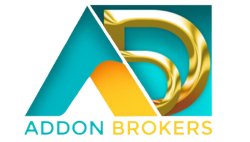Loan Options
Refinancing lets you change your home loan to suit your new circumstances.
Why Refinance your Home Loan or Mortgage?
If you’re no longer happy with your current lender or loan, or your financial situation has changed, it’s time to refinance your existing mortgage.
Common reasons for refinancing your home loan, investment loan or commercial mortgage include:
- Home renovations such as refurbishment, remodelling, installing a pool or adding outbuildings.
- Saving money by refinancing to a mortgage with a lower interest rate or or reduced fee, and
- Accessing new loan features better suited to your current situation.
- Debt consolidation to pay off credit cards, store cards and other loans by rolling them into your home loan.
- Accessing equity in your home to purchase a car,overseas travel, buy an investment property and other purposes.
What are the options to be considered?
New products are emerging rapidly in the mortgage industray. Mortgage Consultants at PJ Home Loans can help you find a loan and professionally package it so that it suits your current financial circumstances and particular needs. See the the below section for the types of home loan products to be considered:
- Variable Rate
Standard variable loans are one of the most popular home loans in Australia. Interest rates can go up or down over the life off the loan depending on the official rate set by the Reserve Bank of Australia and funding costs. Your regular loan repayments pay off both the interest and some of the principal. With Standard Variable Rate Loans, you are allowed to make extra repayments. Even small extra payments can cut the length and cost of your mortgage significantly.
One of the disadvantages of having a variable rate home loan is increased loan repayments due to rate rises could impact your household budget. You can also choose a basic variable loan, which offers a discounted interest rate but has fewer loan features, such as a redraw facility and repayment flexibility. - Fixed Rate
With Fixed Rate Home Loans, the interest rate is fixed for a certain period, usually the first one to five years of the loan. This means your regular repayments stay the same regardless of changes in interest rates. At the end of the fixed period, you can either fix the rate again, at whatever rate your lenders are offering at the time, or move to a variable loan. See our Guides and Tips section to compare the Pros and Cons of Fixed Rate Loans. - Split Rate Loans
Many customers opt for Split Rate Loans where your loan amount is split, so one part is variable, and the other is fixed. Customers get the flexibility on choosing the proportion of variable and fixed. The good part about Split Rate Loans is that you enjoy some of the flexibility of a variable loan along with the certainty of a fixed rate loan. - Interest Only
With Interest Only Loans customers need to repay only the interest on the amount borrowed usually for the first one to five years of the loan, although some lenders offer longer terms. Your monthly repayments are lower since you are not also paying off the principal. At the end of the interest-only period, you begin to pay off both interest and principal. These loans are especially popular with investors who plan to pay off the principal when the property is sold, having achieved capital growth. Our Tips and Guides section will give you a good idea of the Pros and Cons of Interest Only loans. - Line Of Credit
With Line of Credit Loans, you can pay into and withdraw from your home loan every month, so long as you keep up the regular required repayments. Many people choose to have their salary paid into their Line of Credit account. With Line of Credit Loans, you can use your income to help reduce interest charges and pay off your mortgage quickly. This type of loan is good for people who want maximum flexibility in their access to funds. One of the disadvantages of Line of Credit Loans are, they usually carry slightly higher interest rates. - Introductory/Honeymoon
Introductory loans offer a discounted interest rate for the first 6 to 12 months, before the rate reverts to the usual variable interest rate. This product was originally designed for first-home buyers, but now available more widely to many types of loans. Most of the lenders offers Introductory/Honeymoon loans, so that customers get lower regular repayments in the initial period to avoid financial. - Low Doc
Low Doc Loans are popular with self-employed people. These loans require less documentation but often carry higher interest rates or require a larger deposit because of the perceived higher lender risk. In most cases you will be financially better off getting together full documentation for another type of loan. But if this isn’t possible, a low doc loan may be your best opportunity to borrow money.


